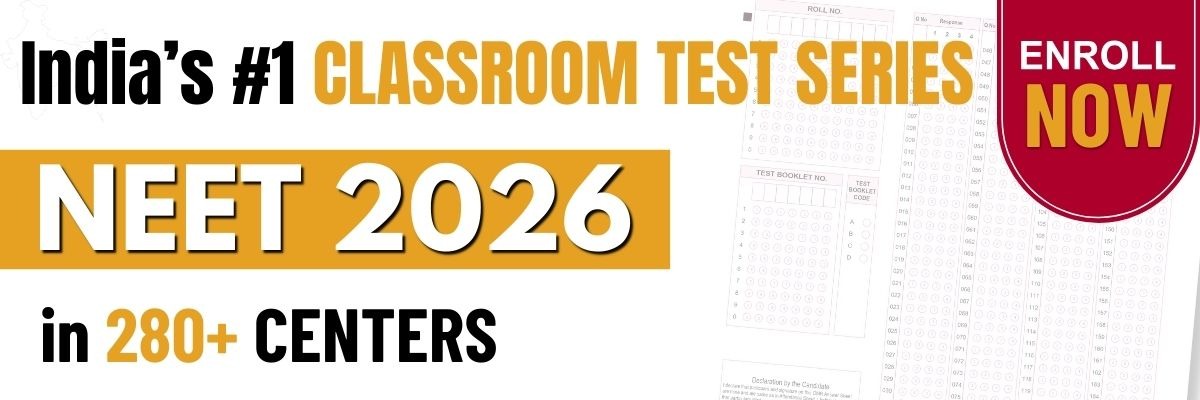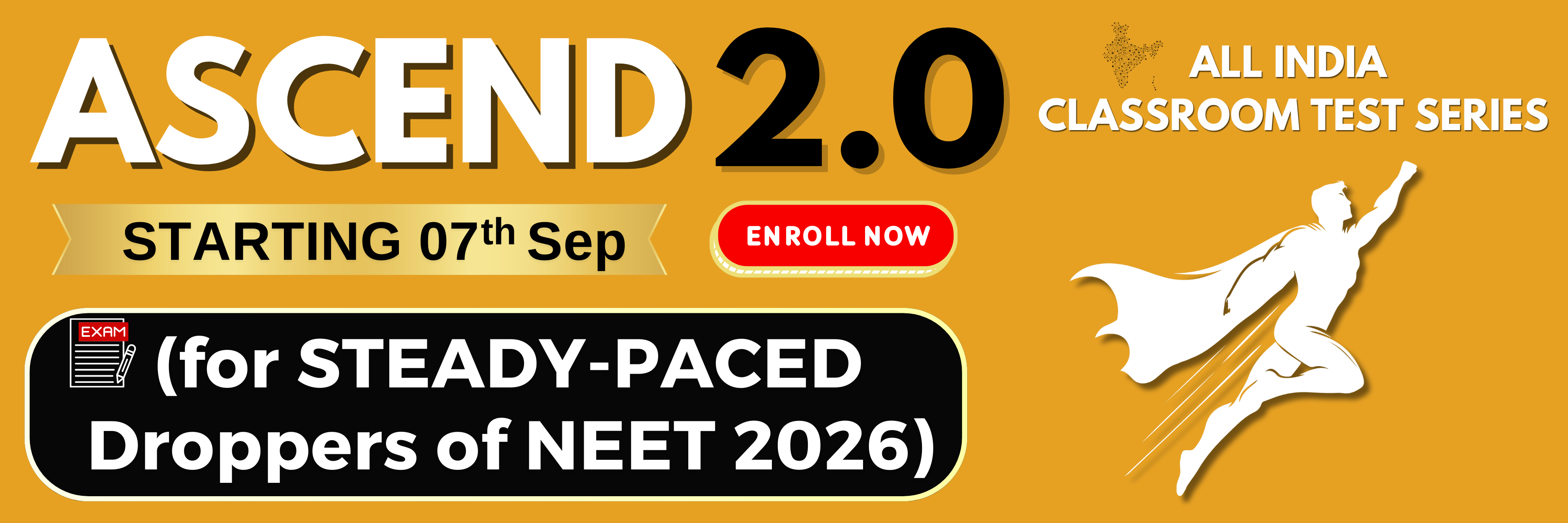Which of the following set of animals belong the phylum hemichordate?
1. Balanoglossus, Saccoglossus
2. Salpa, Doliolum
3. Petromyzon, Myxine
4. Dentalium, Chaetopleura
In which of the following animals, the body is cylindrical and is composed of an anterior proboscis, a collar, and a long trunk?
1. Hemichordates
2. Urochordates
3. Cephalochordates
4. Vertebrate chordates
Which of the following is not seen in hemichordates?
1. A tripartite body organization
2. Stomochord
3. Rudimentary notochord
4. Proboscis gland
Similarity between protochordata and hemichordata is
1. Presence of notochord.
2. Exclusively marine.
3. Dorsal hollow and single central nervous system.
4. Exclusively parasitic.
Match the organism in Column-I with its excretory structure in Column-II
|
Column-I |
Column-II |
||
|
(A) |
Cockroach |
(p) |
Nephridia |
|
(B) |
Earthworm |
(q) |
Proboscis gland |
|
(C) |
Balanoglossus |
(r) |
Kidney |
|
(D) |
Clarias |
(s) |
Malpighian tubules |
1. (A)(s),(B)(p),(C)(q),(D)(r)
2. (A)(s),(B)(p),(C)(r),(D)(q)
3. (A)(q),(B)(p),(C)(r), (D)(s)
4. (A)(s), (B)(q),(C)(r),(D)(p)
Match each item in Column I with one item in Column II and chose your answer from the codes given below.
|
Column I |
Column II |
|
I. Placoid Scales II. Ctenoid scales III. Ectoparasites IV. Proboscis gland |
1. Chondrichthyes 2. Osteichthyes 3. Hemichordata 4. Cyclostomata |
Codes:
| I | II | III | IV | |
| 1. | 1 | 2 | 3 | 4 |
| 2. | 2 | 1 | 4 | 3 |
| 3. | 2 | 1 | 3 | 4 |
| 4. | 1 | 2 | 4 | 3 |
Match the following group of organisms with their respective distinctive characteristics and select the correct option:
|
Organisms |
Characteristics |
||
|
(a) |
Platyhelminthes |
(i) |
Cylindrical body with no segmentation |
|
(b) |
Echinoderms |
(ii) |
Warm blooded animals with direct development |
|
(c) |
Hemichordates |
(iii) |
Bilateral symmetry with incomplete digestive system |
|
(d) |
Aves |
(iv) |
Radial symmetry with indirect development |
| Options: | (a) | (b) | (c) | (d) |
| 1. | (iii) | (iv) | (i) | (ii) |
| 2. | (ii) | (iii) | (iv) | (i) |
| 3. | (iv) | (i) | (ii) | (iii) |
| 4. | (i) | (ii) | (iii) | (iv) |




